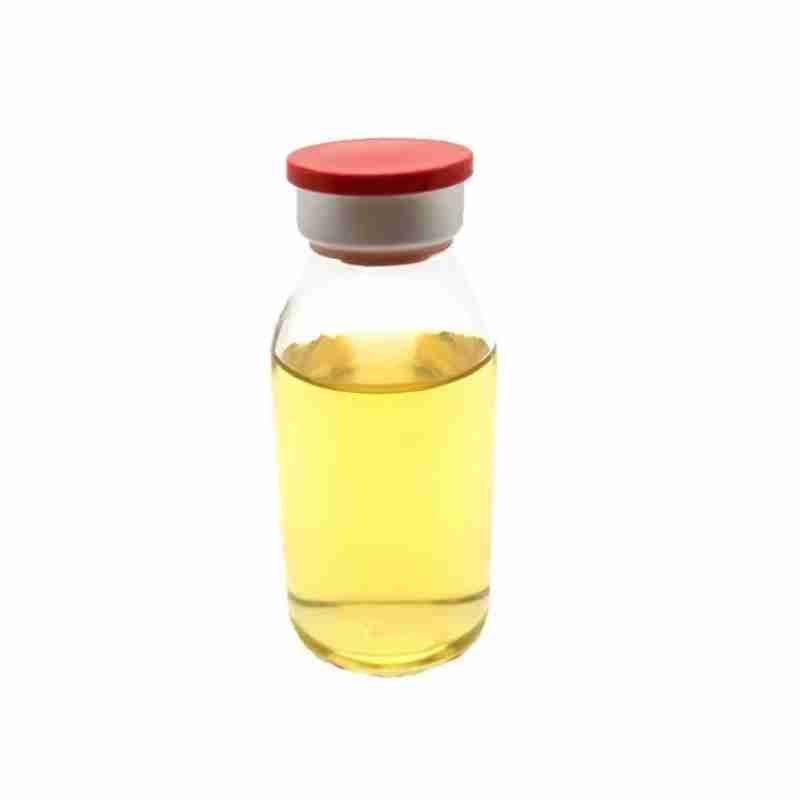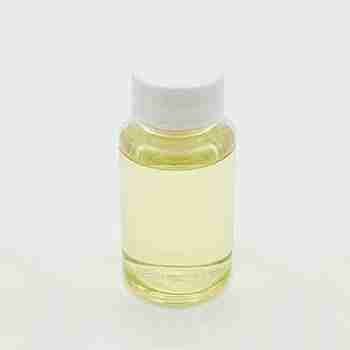Olive oil CAS#8001-25-0
Olive Oil, with a Chemical Abstracts Service (CAS) number of 8001-25-0, is a natural fruit oil obtained from the olive tree. It is renowned for its rich flavor, nutritional benefits, and versatility in culinary uses.
发送询盘
Olive oil CAS#8001-25-0
Olive Oil (CAS# 8001-25-0), extracted from the fruit of the olive tree, is a golden-green liquid with a rich, fruity aroma and a distinctive taste. Packed with monounsaturated fats and antioxidants, it’s celebrated for its health benefits and culinary versatility. Ideal for cooking, baking, and as a base for dressings, it’s also valued in skincare and cosmetics for its moisturizing and anti-inflammatory properties. Our product meets international food safety standards and is available in various packaging options, with customization available to suit specific needs. For orders or inquiries, please reach out to our sales team.
| Olive oil Chemical Properties |
| density | 0.9135 |
| vapor density | >1 (vs air) |
| FEMA | 4801 | OLIVE FRUIT EXTRACT |
| refractive index | 1.467-1.471 |
| Fp | 225 ??C |
| storage temp. | room temp |
| solubility | Slightly soluble in ethanol (95%); miscible with ether, chloroform, light petroleum (50?C70??C), and carbon disulfide. |
| form | Viscous Liquid |
| Specific Gravity | 0.912 (20/4??) |
| color | Yellow |
| Odor | pleasing, delicate flavor |
| Odor Type | green |
| Water Solubility | Insoluble in water |
| EPA Substance Registry System | Olive oil (8001-25-0) |
| Safety Information |
| Hazard Codes | Xi |
| Risk Statements | 38 |
| Safety Statements | 24/25 |
| WGK Germany | nwg |
| RTECS | RK4300000 |
| Autoignition Temperature | 343??C |
| HS Code | 15099000 |
| Hazardous Substances Data | 8001-25-0(Hazardous Substances Data) |
| Toxicity | skn-hmn 300 mg/3D-I MLD 85DKA8 -,127,77 |
?
- 2
- 2-diallylpent-4-en-1-amine
- 4
- 95-16-9
- Ammonium sulfamate
- Benzothiazole
- cas:67889-00-3ح2
- cas:83524-75-8 | pigment black 32
- cas:928836-00-4 | 2
- cas:932745-70-5 | 4
- Chemical Minerals
- Coconut diethanolamide
- Daily Chemicals
- discount
- for sale
- General pvc resin
- hexyl D-glucoside
- in stock
- Lauramidopropyl betaine
- LAURIC ACID MONOETHANOLAMIDE
- Petroleum Additives
- Plasticiser
- Ploymers
- price
- PVC
- quotation
- Raw Materal
- Remove term: Petroleum Additives Petroleum Additive
- SODIUM ETHYL 2-SULFOLAURATE
Related Products
Chemical Name:?Quassin
CAS No.: 76-78-8
Molecular Formula: C22H28O6
Molecular Weight: 388.45
Appearance: White Solid
Hydroxytyrosol, a potent antioxidant polyphenol derived from olives, is celebrated for its health-promoting properties. Highly valued in the nutraceutical, cosmetic, and pharmaceutical sectors, it contributes to the development of products that support well-being and skin health.
Chemical Name: STODDARD SOLVENT
CAS No.: 64742-88-7
Appearance: Colorless or Light Yellow Liquid
Chemical Name: Zinc citrate
Synonyms: Zinc citrate trihydrate
CAS No.: 546-46-3
Molecular Formula: C6H8O7Zn
Molecular Weight: 257.5
Appearance: White powder
Chemical Name: Dehydrocholic acid
Synonyms: Acide dehydrocholique; Triketocholanic acid
CAS No.: 81-23-2
Molecular Formula: C24H34O5
Molecular Weight: 402.53
Appearance: Powder
Rosin has many excellent properties due to its structural characteristics, such as anti-corrosion, moisture-proof, insulation, bonding, emulsification, etc., so it is widely used in materials, chemistry, chemical industry, electronics industry, medicine and pesticides.
Chemical Name: Camellia seed oil
CAS No.: /
Appearance:?Liquid
Assay????99.0%
Chemical Name: o-Xylene
Synonyms: 1,2-Dimethylbenzene; ortho-xylene
CAS No.: 95-47-6
Molecular Formula: C8H10
Molecular Weight: 106.17
Arbutin, a derivative of hydroquinone, is a naturally occurring compound extracted primarily from the bearberry plant (Arctostaphylos uva-ursi). It is renowned in the skincare industry for its skin lightening properties, making it a popular ingredient in cosmetic products designed to reduce hyperpigmentation and even out skin tone.
Chemically, arbutin is ??-glucosiduronic acid of hydroquinone, with the molecular formula C12H12O7. Its mechanism of action involves the inhibition of tyrosinase, a key enzyme in the melanin biosynthesis pathway. By reducing melanin production, arbutin effectively lightens the skin without the risk of irritation often associated with hydroquinone.
Arbutin is valued for its safety profile, as it is considered less irritating and more stable compared to other skin lightening agents. It is also known for its antioxidant properties, which contribute to its skin brightening effects and overall skin health benefits.
In summary, arbutin is a reliable and gentle alternative for skin lightening, offering a natural approach to reducing pigmentation issues while promoting a more radiant and even complexion. Its use in skincare formulations is favored for its efficacy and mildness, making it suitable for various skin types.
Hydroxytyrosol has anti-inflammatory effects, dilates blood vessels and antibacterial effects, can prevent atherosclerosis, can reduce the incidence of certain cancers (such as breast, prostate, endometrial, digestive tract); Due to its strong antioxidant activity and the effect of reducing the incidence of cancer, hydroxytyrosol has great prospects for medical use. Hydroxytyrosol is a tyrosol metabolite that is also found in olive oil and contains strong antioxidant propertie.
Product name:HYDROXYPROPYL GUAR HYDROXYPROPYLTRIMONIUM CHLORIDE
Purity:99%
Appearance:Light Yellow Powder
Package:Customized according to customer needs.
Sample:Available
Chemical Name: Potassium Castorate
CAS No.: 8013-05-6
Molecular Formula: C57H107K3O12
Molecular Weight: 1101.74718
Appearance: Yellow Liquid

















